

Globe at Night is an international citizen science campaign to raise public awareness of the impact of light pollution by inviting citizen scientists to measure and submit their night sky ...
READ MORE
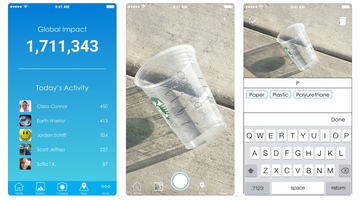
Litter is everywhere – but how much is there, and why does it matter? Litterati is an online citizen science (OCS) project that allows participants to photograph, upload and tag litter in their ...
READ MORE
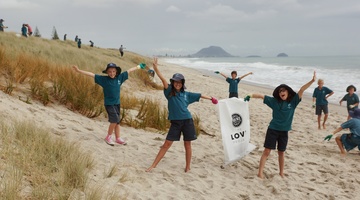
Litter Intelligence is a long-term programme run by Sustainable Coastlines in collaboration with the Ministry for the Environment, Department of Conservation and Statistics New Zealand. It aims ...
READ MORE

This resource provides explanations of the key concepts encountered when looking at applying science to improve farming and the environment – the ‘basics’ that every student should understand. ...
READ MORE

Did you know there are over 30,000 chemicals approved for use across Aotearoa New Zealand? Who approves and regulates the use of these chemicals? How do we know what happens to these chemicals ...
READ MORE

We use chemicals every day, and they’re all around us. We know different chemicals come in different forms and that they will behave differently in different situations depending on things like ...
READ MORE

Pasture is an area of land that’s covered in a range of low-growing forage species. Grasses, legumes and herbs are common pasture plants, with farmers selecting particular cultivars to suit ...
READ MORE
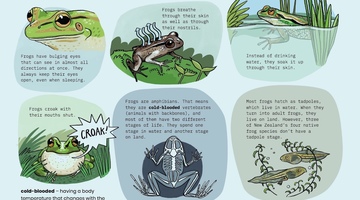
Frogs for the future? is a ready-to-use cross curricular teaching resource. It uses the Ministry of Education’s 2019 Connected article Kimihia Kermit by Philippa Werry. Rights: Crown 2019 Frog ...
READ MORE
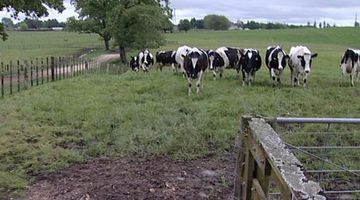
In this activity, students explore ethical issues related to farming and environmental pollution. They learn about the science involved and the range of perspectives among stakeholders. By the ...
READ MORE
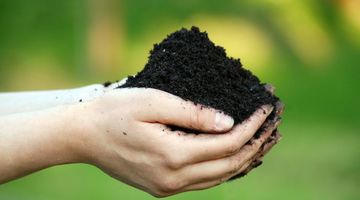
This topic planner offers a suggested pathway through some of the soils resources on the Science Learning Hub. You can use it to create a personalised teaching unit. The topic planner focuses on ...
READ MORE
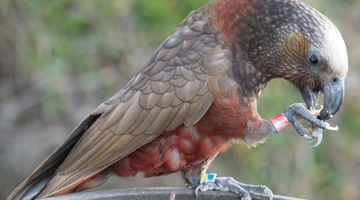
In this recorded professional learning session, Greta Dromgool and Ben Moorhouse from the Department of Conservation unpack conservation education and: introduce some exciting DOC resources aimed ...
READ MORE
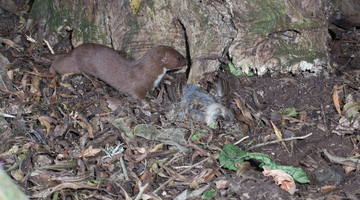
In this recorded professional learning session, Greta Dromgool from the Science Learning Hub and Adrienne De Melo and Ben Moorhouse from the Department of Conservation share the many learning ...
READ MORE
Dr Ross Monaghan from AgResearch at Invermay in Otago explains the importance of phosphorus and then talks us through phosphorus cycle. Jargon alert Ross mentions that phosphorous is adsorbed to ...
READ MORE
Dr Ross Monaghan from AgResearch at Invermay in Otago talks about various practices that can be employed to manage nutrient losses from becoming a problem on farmland.
READ MORE
Professor Simon Kingham, from the University of Canterbury, discusses how air pollution can be made up of many components. The size and amount of particulates in the air can give a measure of the ...
READ MORE

An interactive showing the main components of the terrestrial nitrogen cycle. Select one of the buttons to find out more. Go here to view the full transcript and copyright information.
READ MORE
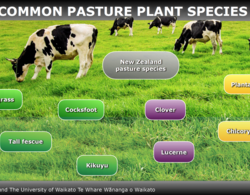
New Zealand dairy farming is pastured-based. Discover a few of the commonly used plant species.
READ MORE

An interactive investigating the impacts of dredging in Otago Harbour on rocky intertidal species and habitats.
READ MORE